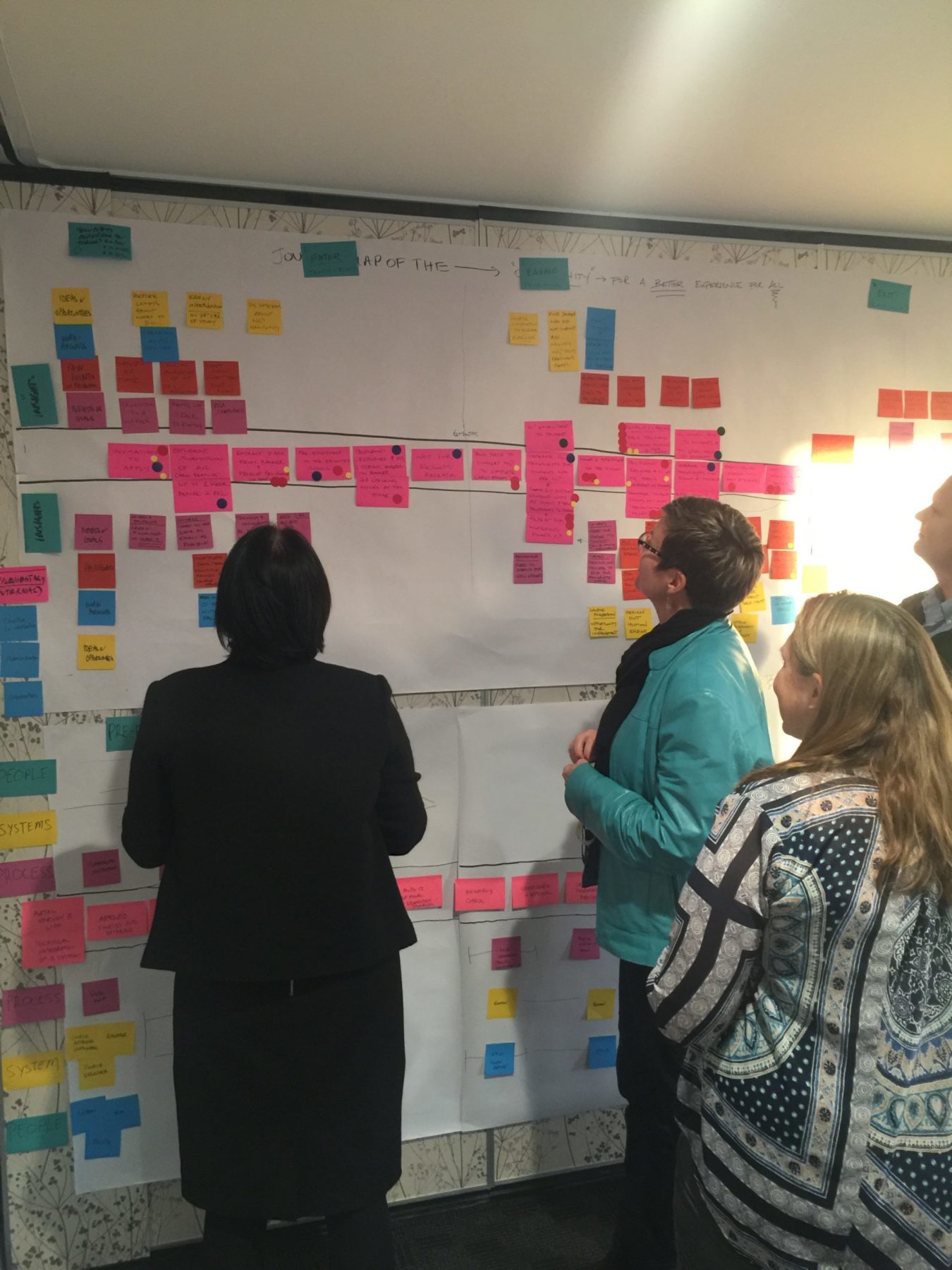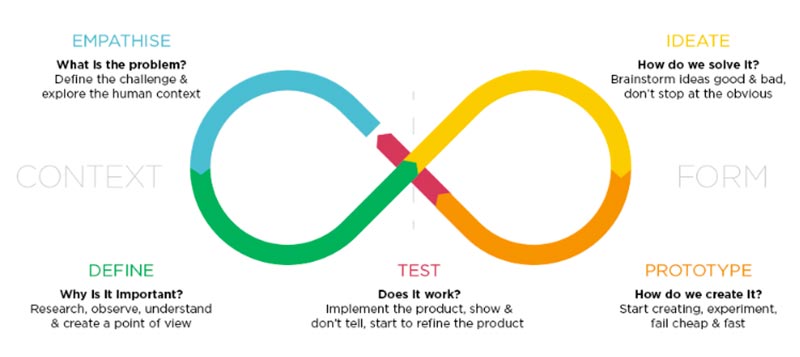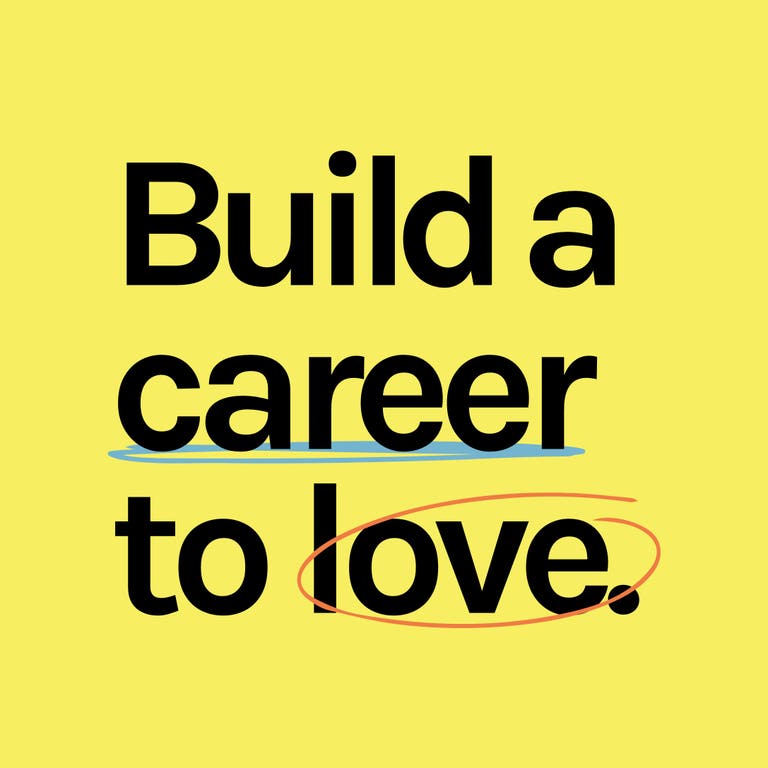When a career enjoyed for decades begins to feel tedious and uninspiring, thoughts often turn to making a career u-turn and embarking on something fresh and meaningful. But the idea of abandoning the familiar to try something new can be terrifying.
Featured in the New Zealand Herald, 10 February 2018. By Raewyn Court
Melissa Jenner founded her company START Now to help people address just such insecurities when considering a new career or launching a business.
Keen to one day have a business of her own, Jenner wanted to first experience a variety of roles, corporations, industries and countries. In New York in 2001, as global vice-president of marketing for Wall St traders Cantor Fitzgerald, she survived the terror attack on the World Trade Centre in their ground floor offices. “It was a remarkable first-hand experience of terrorism and subsequent business recovery.”
Returning to New Zealand after 11 years, Jenner worked for NZ Trade and Enterprise as director of their Better by Design programme and trained at Stanford d.school in human-centred design/design thinking (HCD/DT). Then in 2015, with 25 years of corporate experience behind her, Jenner finally became her own boss. “My purpose became helping others find their purpose, leveraging the experience I had gained from ‘pivoting’ multiple times in my career and the toolbox of HCD/DT.”
Jenner describes “design thinking” as both a process and a set of behaviours that enables people to solve complex, challenging, multi-dimensional problems. “It involves understanding the problem, defining it, and generating many possible ideas for solving it. Then, using decision-making and prioritisation techniques, deciding on a direction and building a prototype to test and validate whether the idea will work.”
She says it’s vital to choose the right idea and be confident that it will work, and then to have a plan and a good process.
“Changing careers is essentially just a complex problem to solve. People know when they’re unhappy and need change, they just haven’t identified what that is and why they want it and how to make it. They also have to know their constraints and the risks they’re prepared to take, and these are all critical to finding a new way forward.”
Jenner says a decision to change careers usually comes down to a “trigger” event that spurs people to act. “Whether it’s a significant birthday, sickness, redundancy, an intolerable work event or an inheritance — all are catalysts.”
She says most people are looking to change for three main reasons:
Meaning:People want their work to align to their personal values and sense of identity, and if the organisation doesn’t live up to that, people will leave.
Flexibility: Increasingly, people are looking for more agile ways of working: an ability to work from home, to combine two jobs, to work more flexible hours.
Creativity: People need to learn, grow and express their creativity, but many people are creative — and frustrated. We’re not creating the jobs people want to do, which is increasingly a cross-functional role where experience in a core “craft” can be augmented with creativity.
“If you have a stable career, leaving it all behind can feel risky and reckless,” says Jenner. “But you have to ask yourself, ‘how will I know if I don’t try?’.”
Overcoming risk: “The way to overcome risk is to minimise the likelihood of failing, through testing and experimentation. Before leaving a comfortable, high-paid executive role to start up a new unproven business, make sure you have a plan to prototype your idea and have honestly tested it.”
Making time: “Nothing will change if you don’t dedicate time to exploring alternative future pathways. You need to treat career change like a business project, and that means assigning time to work on your plan.”
Planning: “Nothing happens without a plan. You can’t just chance it. Each day that goes by is valuable time that could be spent augmenting your current reality with your new.”
Augmentation: “You might not actually need to change careers. Look at augmenting your current work by expressing your creativity or building an alternative career alongside your existing work. This can be a safer way for people who have large commitments to find happiness.”
Courage: “You have to believe you can. Surround yourself with supportive people — you will need them! Be prepared for your vision to change and your plan to pivot. Have patience and belief, but be prepared for it to take longer than you imagined.”
In Jenner’s view, the greatest challenges in becoming your own boss are:
Motivation: “You must be hugely motivated by your cause or idea. The key is to find something you love, you can do, the world needs, and is lucrative. If your idea ticks all these boxes, go for it.”
Time: “You have to view time as your greatest commodity. Work when you have the energy and wherever you get most satisfaction. Your work and personal life will become blended, but try to keep personal space and time.”
Cashflow: “You’ll need a good buffer to get started, and you must be really good at managing your cashflow, daily. You will have times when you don’t earn anything and other times when you have too much work. You’ll need a good accountant and initially a good friendly “adviser” to guide you. You will need to be comfortable with debt. Watching the cash is key.”
“Work can contribute greatly to our personal wellbeing, but it can silently change. I see many people who are “the frog in the boiling pot”. They sense the water is getting warmer, but they cling to the hope that it will return to how it was. It rarely does. The longer you stay in the boiling water, the harder it is to get out. Start working on your plan as soon as you sense things aren’t working. “





